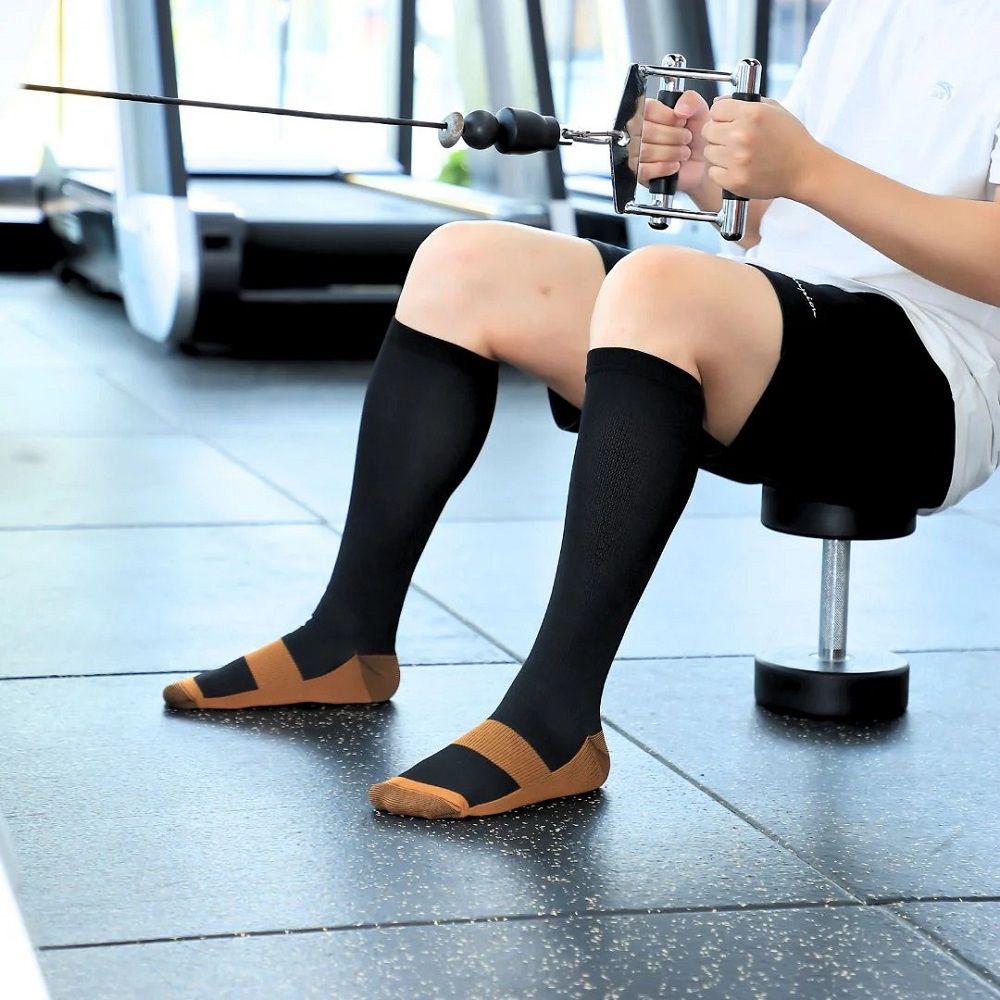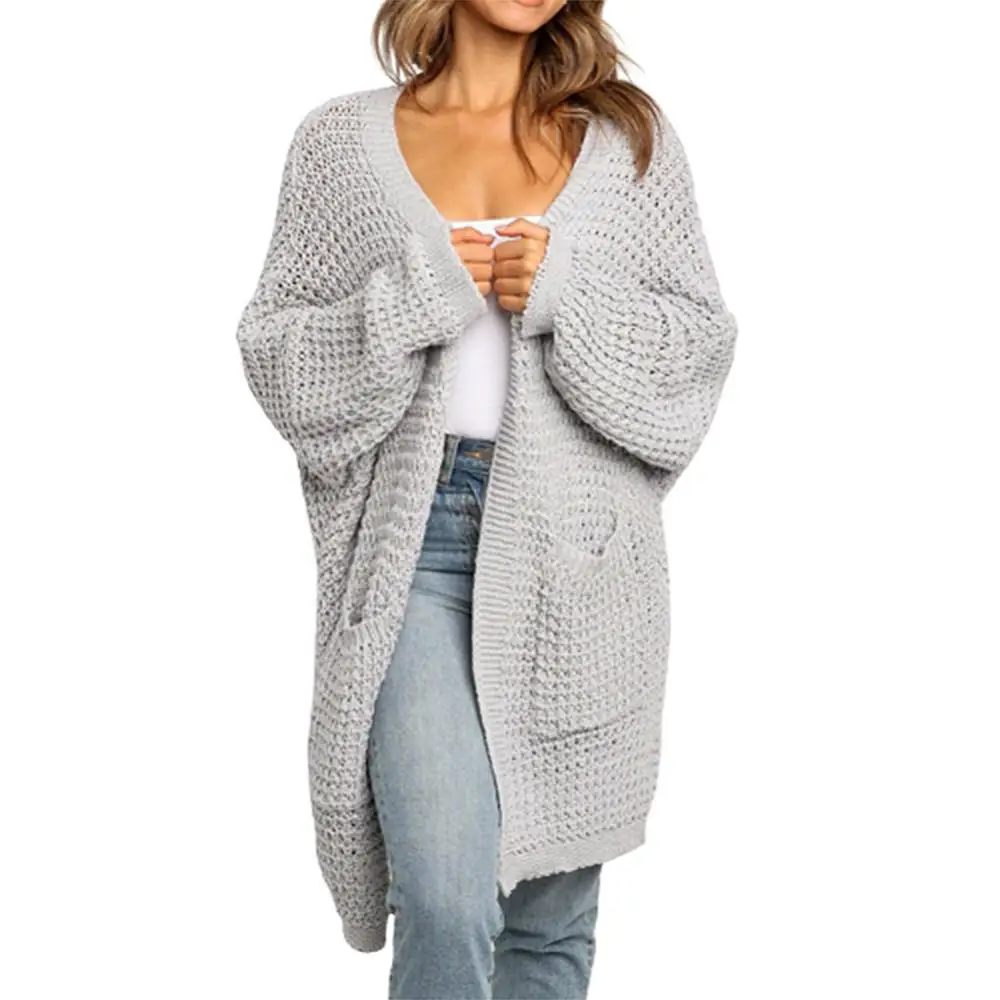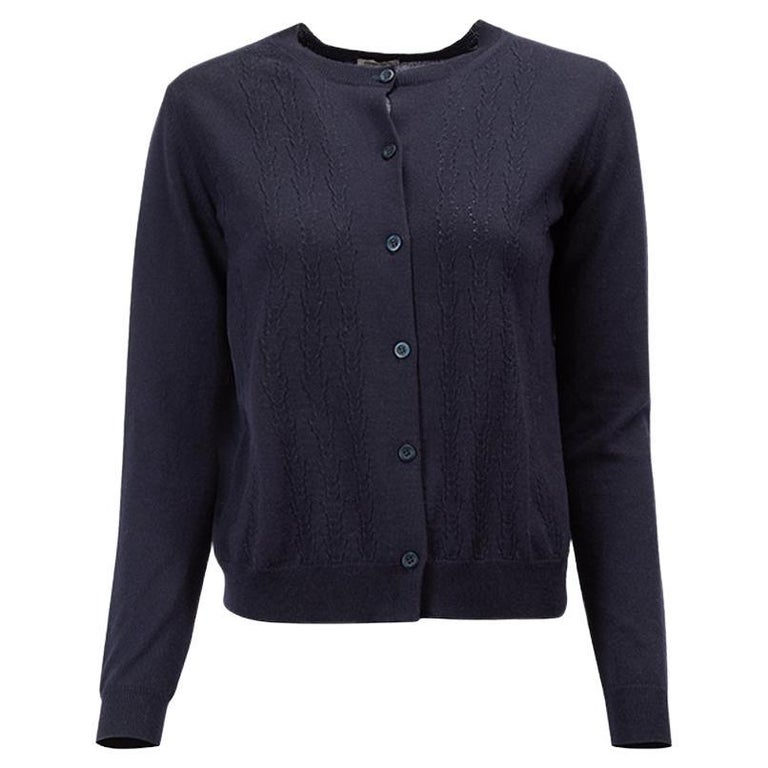Introduction to Compression Socks
What Are Compression Socks?
Compression socks, also known as compression stockings, are specially designed garments that apply graduated pressure to the legs. This pressure is typically strongest at the ankle and gradually decreases as it moves up the leg. The primary purpose of compression socks is to improve blood circulation, reduce swelling, and prevent conditions such as deep vein thrombosis (DVT) and varicose veins. They are commonly used by athletes, pregnant women, and individuals with circulatory issues. However, the question of whether one should wear compression socks to bed is a topic of debate and depends on individual needs and medical advice.
Benefits of Wearing Compression Socks
Wearing compression socks offers several benefits, including enhanced blood flow, reduced leg fatigue, and improved recovery for athletes. These socks can be particularly beneficial for people who spend long hours standing or sitting, as they help to prevent blood from pooling in the lower extremities. Additionally, compression socks can alleviate symptoms of conditions like edema, which is characterized by fluid retention and swelling. For those with chronic venous insufficiency, wearing compression socks can significantly improve their quality of life by reducing pain and discomfort. While these benefits are well-documented, the decision to wear them to bed requires careful consideration.
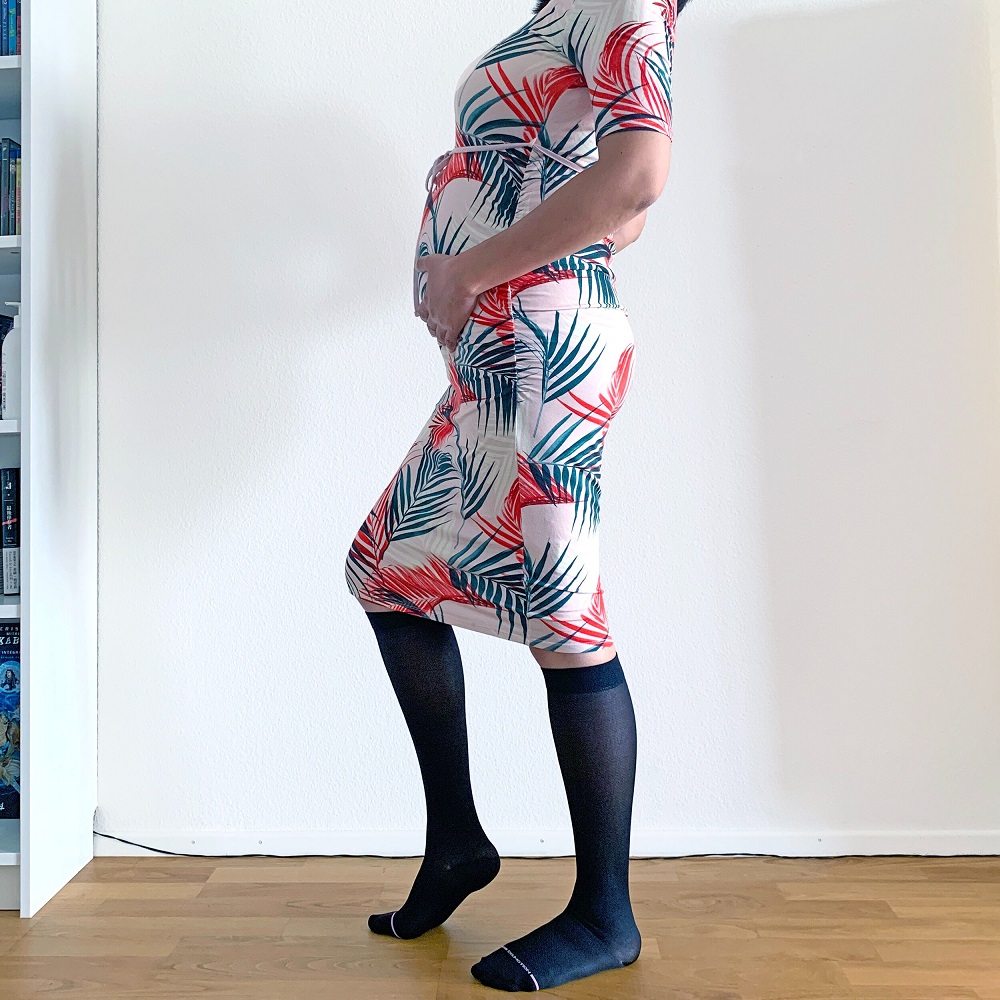
Understanding the Need for Nighttime Compression
Circulatory Issues and Sleep
Circulatory issues can often worsen during sleep, especially for individuals with conditions such as venous insufficiency or lymphedema. During the night, the body’s natural position can cause blood to pool in the legs, leading to increased swelling and discomfort. Compression socks can help mitigate this by maintaining consistent pressure on the legs, promoting better blood flow, and preventing fluid accumulation. For those who experience nighttime leg cramps or restless leg syndrome, compression socks may also provide relief by stabilizing the muscles and improving circulation. It is important to consult with a healthcare provider to determine if nighttime compression is necessary for your specific condition.
Edema and Fluid Retention
Edema, or fluid retention, is a common issue that can be exacerbated by prolonged periods of inactivity, such as during sleep. Individuals with edema often experience significant swelling in the legs, ankles, and feet, which can be painful and uncomfortable. Wearing compression socks to bed can help manage this condition by providing continuous support and reducing the amount of fluid that accumulates in the tissues. This can lead to a more restful night’s sleep and less discomfort upon waking. However, it is essential to ensure that the compression level is appropriate and does not cause any additional discomfort or restriction.
Medical Considerations and Recommendations
Consultation with Healthcare Providers
Before deciding to wear compression socks to bed, it is crucial to consult with a healthcare provider, such as a doctor or a vascular specialist. They can assess your specific condition and recommend the appropriate type and level of compression. For example, individuals with mild to moderate venous insufficiency may benefit from wearing compression socks with a lower pressure rating, while those with more severe conditions may require higher levels of compression. Additionally, healthcare providers can provide guidance on how to properly fit and wear the socks to ensure maximum comfort and effectiveness. Regular follow-ups can also help monitor the progress and make any necessary adjustments to the treatment plan.
Conditions That May Benefit from Nighttime Compression
Certain medical conditions are more likely to benefit from wearing compression socks to bed. These include:
- Venous Insufficiency: Individuals with this condition often experience poor blood flow and pooling of blood in the legs, which can be alleviated by wearing compression socks.
- Lymphedema: This condition involves the buildup of lymph fluid in the tissues, causing swelling. Compression socks can help reduce this swelling and improve lymphatic drainage.
- Deep Vein Thrombosis (DVT): For those at risk of DVT, wearing compression socks can help prevent the formation of blood clots by promoting better circulation.
- Post-Surgical Recovery: After certain surgeries, such as those involving the legs or pelvis, compression socks can aid in the recovery process by reducing swelling and promoting healing.
It is important to note that while these conditions may benefit from nighttime compression, the decision should always be made in consultation with a healthcare provider.

Practical Considerations for Wearing Compression Socks to Bed
Choosing the Right Type of Compression Socks
When selecting compression socks for nighttime use, it is important to choose the right type and size. There are different types of compression socks available, including knee-high, thigh-high, and full-length stockings. The choice of type will depend on the specific area of the body that needs support and the severity of the condition. Additionally, the compression level, measured in millimeters of mercury (mmHg), should be appropriate for your needs. Common compression levels include 15-20 mmHg for mild support, 20-30 mmHg for moderate support, and 30-40 mmHg for firmer support. It is advisable to try on the socks and ensure they fit comfortably without causing any discomfort or restriction.
Proper Fit and Comfort
Proper fit is crucial when wearing compression socks, especially for extended periods such as during sleep. The socks should fit snugly but not be too tight, as this can cause discomfort and potentially restrict blood flow. To ensure a proper fit, measure the circumference of your ankle, calf, and thigh (if applicable) and consult the sizing chart provided by the manufacturer. It is also important to check for any signs of discomfort, such as redness, numbness, or tingling, and adjust the fit as needed. Some individuals may find it helpful to wear moisture-wicking materials to keep the skin dry and comfortable throughout the night.
Maintenance and Care
To maintain the effectiveness and longevity of compression socks, it is important to follow the manufacturer’s care instructions. Most compression socks are machine washable, but it is recommended to use a gentle cycle and a mild detergent. Avoid using fabric softeners, as they can break down the elastic fibers in the socks. Air drying generally prefer over machine drying, as high heat can damage the material. Regularly inspect the socks for any signs of wear and tear, such as holes or loss of elasticity, and replace them as needed. Proper maintenance will ensure that the socks continue to provide the necessary support and benefits.
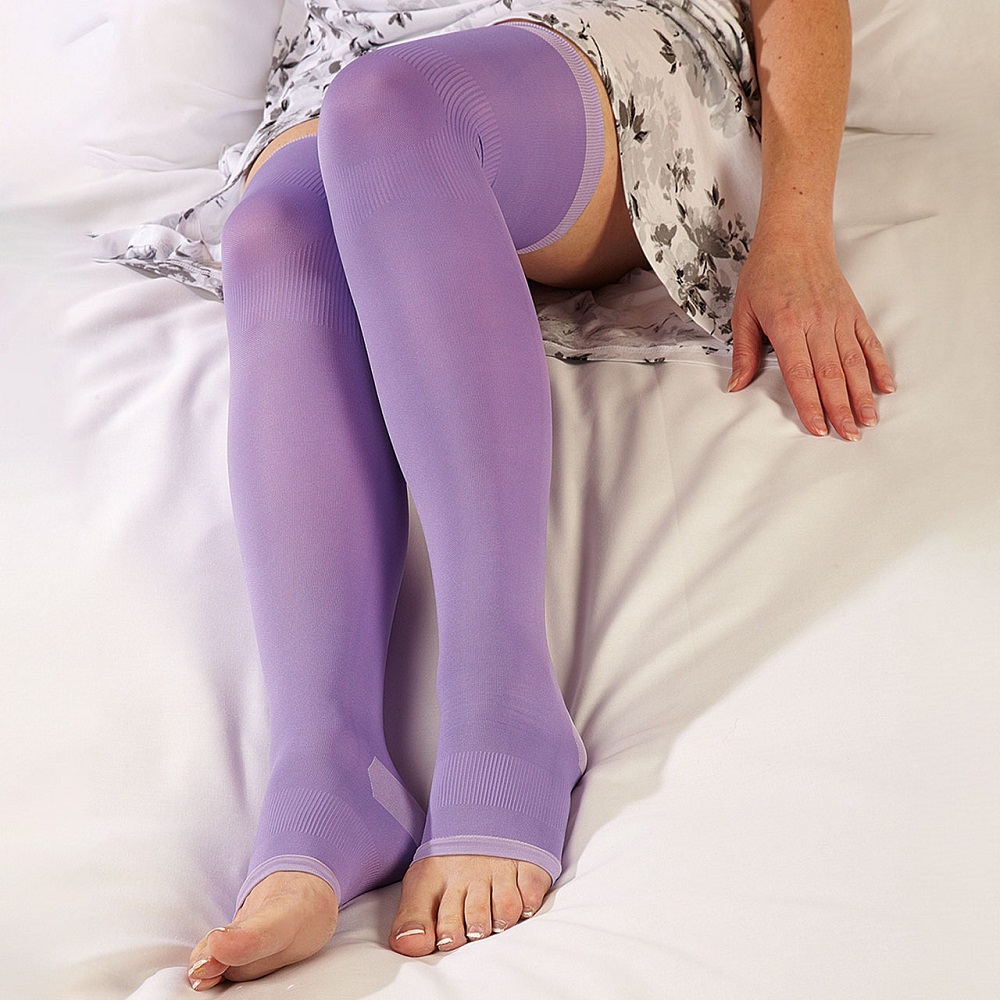
Potential Disadvantages and Precautions
Discomfort and Skin Irritation
While compression socks offer numerous benefits, some individuals may experience discomfort or skin irritation, especially when wearing them to bed. The constant pressure and friction against the skin can sometimes lead to itching, redness, or even small sores. To minimize these issues, it is important to choose socks made from breathable, hypoallergenic materials and to ensure a proper fit. If discomfort persists, it may be necessary to adjust the compression level or try a different brand. In some cases, applying a moisturizer or barrier cream before putting on the socks can help protect the skin and reduce irritation.
Risk of Over-Compression
Over-compression, or wearing socks that are too tight, can be a potential risk, particularly for individuals with sensitive skin or underlying medical conditions. Excessive pressure can restrict blood flow, leading to discomfort, numbness, or even tissue damage. It is important to follow the recommended compression level and to regularly check for any signs of over-compression, such as changes in skin color, temperature, or sensation. If you experience any of these symptoms, it is advisable to remove the socks and consult with a healthcare provider. Proper monitoring and adjustment can help prevent these risks and ensure safe and effective use.
Contraindications and Special Cases
There are certain situations where wearing compression socks, especially to bed, may not recommend. For example, individuals with peripheral artery disease (PAD) or severe arterial insufficiency should avoid wearing compression socks, as they can further restrict blood flow to the legs. Similarly, those with open wounds, infections, or dermatological conditions in the affected area should consult with a healthcare provider before using compression therapy. In some cases, alternative treatments or modifications may be necessary to address the underlying condition. It is always best to seek professional advice to determine the most appropriate course of action.
Conclusion and Final Thoughts
Summary of Key Points
In summary, wearing compression socks to bed can be beneficial for individuals with circulatory issues, edema, or other conditions that affect blood flow and fluid retention. The decision to wear them at night should be made in consultation with a healthcare provider, who can recommend the appropriate type and level of compression. Proper fit, comfort, and maintenance are essential to ensure the effectiveness and safety of the socks. While there are potential disadvantages and precautions to consider, the benefits often outweigh the risks for many individuals. By following the guidelines and recommendations, you can maximize the benefits of compression therapy and improve your overall well-being.
Personal Decision and Professional Guidance
Ultimately, the decision to wear compression socks to bed is a personal one that should be based on individual needs and medical advice. While the benefits are clear, it is important to weigh the potential risks and take the necessary precautions. Consulting with a healthcare provider and following their recommendations can help ensure that you make an informed decision and achieve the best possible outcomes. Whether you are managing a chronic condition or seeking to enhance your recovery, compression socks can be a valuable tool in your healthcare arsenal.






